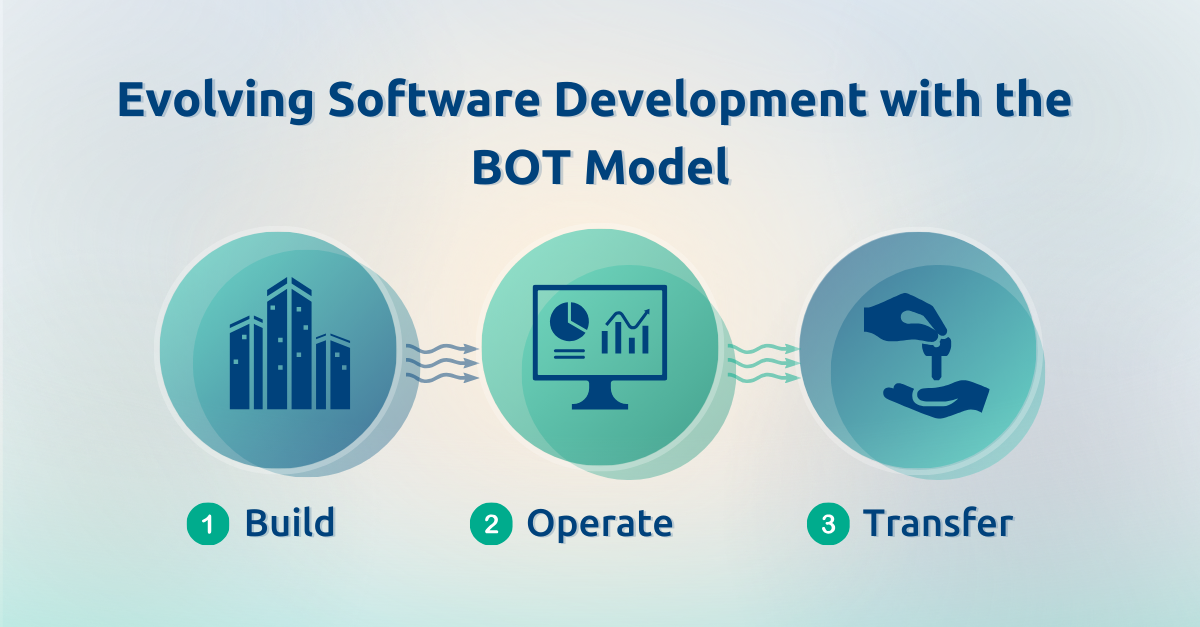
What to avoid when nearshoring software development
December 8, 2022
Nearshoring software development is a cost-effective way to manage your business. Companies all across the world have been nearshoring their IT and software jobs to other locations for years in order to be sustainable. However, businesses frequently commit a number of errors throughout this procedure, which ultimately reduces their production and has an adverse effect on their finances.
6 Things to Avoid when Nearshoring Software Development
Given the challenges of not having a software development team under one roof, this calls for a proactive approach. Check out these insightful tips on managing remote engineers to increase the effectiveness of your managerial efforts.
1. Choosing the wrong outsourcing model
What do the majority of businesses reporting subpar outcomes from their outsourcing experiences have in common? A misalignment between their company goals and the approach they chose for outsourcing software development.
There are several approaches a business can take in this matter:
Onshoring: Businesses searching for a near-perfect cultural fit with minimal language obstacles and wanting to keep their entire company inside the same regulatory framework might consider onshoring. A small skill pool and a relatively minor reduction in costs.
Offshoring: Offshoring is the practice of hiring an overseas outsourcing service provider to handle a company’s business activities. The developer rates in established outsourcing nations like China or India are difficult to match. However, they frequently come with significant time differences, cultural barriers, and travel costs.
Nearshoring: Refers to outsourcing business operations to a neighboring country. Some claim that this model offers the best of both worlds — proximity in terms of both geography and culture, as well as a wide range of highly qualified (and fairly priced) developers. This makes this approach perfect for outsourcing on both a long-term and short-term basis. Additionally, this form of software development outsourcing is ideally suited for staff augmentation and other initiatives that call for tight cooperation and open lines of communication between local and distant software development teams.
2. Choosing the Wrong Partner
It’s critical to intimately know the people involved when integrating a new team via nearshoring. Failure to do so frequently results in misunderstandings and a lack of teamwork in the future.
It’s best to check their previous work and projects, find out more about the model they apply and all the whys, investigate references or get in touch with a possible nearshore provider’s previous clientele.
You can check the company’s history to discover if they have pleased previous customers and if they have ever been sued. Long-term benefits come from thoroughly examining all nearshoring proposals before choosing one.
Prior to starting the project, be sure to spend some time getting to know your future partners. Know each person’s name, position, and duties. Before the teams begin the actual work, you can arrange a few virtual ice-breaking sessions.
3. Lack of an Effective Communication Channel
The typical forms of contact when working with nearshored teams are virtual: emails, video conferencing, and calls. Problems arise when there is no face-to-face engagement, particularly if the communication methods used are inconsistent. In order to be effective, it is crucial to create a strong two-way communication channel.
Set up regular stand-up meetings, avoid sending too many emails, and, if necessary, have a specialized communication framework in place.
4. Ineffective Onboarding Program
Assuming your nearshoring crew can start working right away without any onboarding is one of the major blunders you might make.
This nearshoring error is a dead giveaway that your business does not view service providers as an extension of your staff. The quality of the job that is then produced may need to be compromised.
5. Failure to address knowledge gaps early
If you take the effort to identify the knowledge gaps in your internal and extended teams as soon as feasible, you will benefit most from nearshoring. Then, provide them the opportunity to share information, technological solutions, tools, and resources while also learning from one another. Additionally, setting up training sessions for your larger team or asking your nearshore provider to do so is a fantastic idea.
6. Not aiming for long-term cooperation
Your nearshoring workforce will become more familiar with your product, business, and team culture the longer you work with them. Since they are a priceless resource, you should take full advantage of their knowledge and perhaps even go above and beyond the initial, short-term project parameters. For instance, you could want to think about enlisting the assistance of your extended developers to teach and onboard young engineers or to generate new ideas and creative solutions.
Always take into consideration these tips when nearshoring software development as they constitute the base of a long-term actionable success. Only if you nearshore properly will you be able to benefit from it.
Contact us to go about the current project requirements for your business.
About ITJ
ITJ is devoted to serving fast-growing and high-value market sectors, particularly the Internet of Medical Things (IoMT), working with innovative medical device companies looking to improve people’s lives. With a unique BOT (build, operate, and transfer) model that sources only the best digital talent available, ITJ enables companies in the US to create technology centers of excellence in Mexico. For more information, visit www.itj.com.

